|
|
Ecuador: Culture
|


|
|
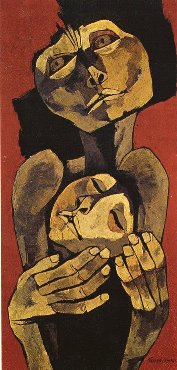
|
 ulture is one of Ecuador's most outstanding assets. It has been -and still is- a melting pot of cultural influences; of the old and the new; of the indigenous, Spanish, European and modern world cultures. Every town, and in fact every corner of the Country, is a jewel of folklore, art and tradition. Many museums maintain fine collections of pre-Columbian, Colonial, Republican and modern art, but the permanent interaction of cultures can be seen everywhere on the street. ulture is one of Ecuador's most outstanding assets. It has been -and still is- a melting pot of cultural influences; of the old and the new; of the indigenous, Spanish, European and modern world cultures. Every town, and in fact every corner of the Country, is a jewel of folklore, art and tradition. Many museums maintain fine collections of pre-Columbian, Colonial, Republican and modern art, but the permanent interaction of cultures can be seen everywhere on the street.
Ecuador's pre-Columbian peoples excelled in pottery, painting, sculpture, and gold and silver work. The Spaniards trained indigenous artists to produce colonial religious art, which can be seen in many churches and museums. The Quito School of the 17th and 18th centuries was extremely rich in content and in quantity, combining these two influences. Painting and sculpture were both represented by a large number of artists, with a few achieving international fame. In the 19th century, the Colonial style Quito School was replaced by formalism after independence, which favored subjects such as heroes of the revolution and members of high society.
Ecuador's colonial religious architecture is predominantly baroque, and in this style the main edifices (churches and convents) are unequaled in the World. On the other hand, domestic architecture tends to be simple and elegant, comprising whitewashed verandah houses built around a central courtyard.
|
|
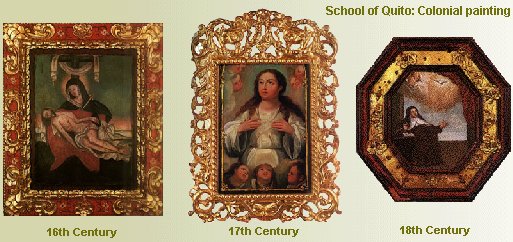
|
|
Traditional Andean music has a distinctive haunting quality based on an unusual pentatonic scale. Wind and percussion instruments, including bamboo panpipes and flutes, are staples of the sound.
Spanish is the main language, although most highland Indians are bilingual, with Quechua being their preferred language and Spanish their second tongue. Several small lowland groups speak their own languages. English is understood in the most hotels, the best shops, and in airline offices and travel agencies, but it's of little use elsewhere.
|
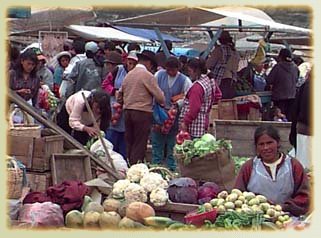
|
|
|
Ecuadorian food consists mainly of soup and stews, corn and potato pancakes ("llapingachos"), rice, eggs and vegetables. Seafood is particularly good, even in the highlands. Local specialties include cebiche, a raw seafood cocktail, caldo de patas, a soup made from cattle hooves; cuy, whole roasted guinea pig; and lechón, suckling pig. International cuisine, particularly French and Italian styles, are most common both in restaurants and in home cooking.
Local crafts include fine examples of basketry, leather work, woodcarving, weaving, ceramics and jewelry. Although shops in the larger cities carry all that merchandize, there is nothing comparable to shopping for crafts where they are made, in the small villages and in the country markets.
|

|
|
Travel in Ecuador
General Info
History
Geography
Climate
Country Data
Tips for Travelers
Why Ecuador?
Travel in Ecuador with Hacienda Chillo-Jijón
Contact Hacienda Chillo-Jijón
|

|
|
Ecuador: Events
|


|
|
|
 he predominant religion is Roman Catholic, but there is a scattering of other Christian faiths. Indigenous Ecuadorians, while outwardly Catholic, tend to blend Catholicism with their traditional beliefs. As a result, many of the country's festivals are oriented to the liturgical calendar and are celebrated with a combination of great pageantry and elements of traditional Indian fiestas. Rural areas in particular lend a real party atmosphere to their celebrations. All Soul's Day on 2 November is especially colorful, when flower-laying ceremonies brighten the country's cemeteries and the ambiance is more celebratory than somber. The pre-Easter Carnival features water fights and fruit and flower festivals. Corpus Christi is a movable feast in June and combines with traditional harvest fiestas in many highland towns. he predominant religion is Roman Catholic, but there is a scattering of other Christian faiths. Indigenous Ecuadorians, while outwardly Catholic, tend to blend Catholicism with their traditional beliefs. As a result, many of the country's festivals are oriented to the liturgical calendar and are celebrated with a combination of great pageantry and elements of traditional Indian fiestas. Rural areas in particular lend a real party atmosphere to their celebrations. All Soul's Day on 2 November is especially colorful, when flower-laying ceremonies brighten the country's cemeteries and the ambiance is more celebratory than somber. The pre-Easter Carnival features water fights and fruit and flower festivals. Corpus Christi is a movable feast in June and combines with traditional harvest fiestas in many highland towns.
Other holidays of historical interest are Independence Day on 10 August, Simón Bolívar's Birthday on 24 July and Columbus Day on 12 October. The larger cities' founding and independence days virtually bring them to a partying standstill. Some of the main ones are found in Quito, Guayaquil, and Cuenca, though most towns and villages also have their special days. Shops, offices and services, except for shopping malls, are closed during holidays and festivals.
|
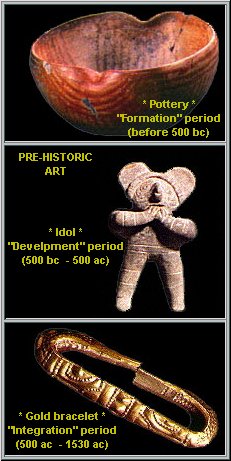
|
|
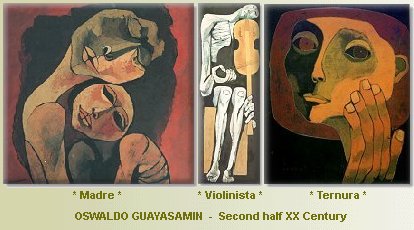
|
|
|
|
Sponsored by :
 Hacienda Chillo-Jijón
Hacienda Chillo-Jijón
Quito, Ecuador
** Travel **
Deluxe
countryside lodging at
Hacienda Chillo-Jijón


ECUADOR
Travel in Ecuador
General Info
History
Geography
Climate
Tips for Travelers
Country Data
Travel Links
Ecuador Explorer
Haciendas
Ecuador Explorer
Hotels in Quito
Ecuador Explorer
Tour Operators
Lonely Planet's
"Destination Ecuador"
Planet Ecuador
About Ecuador
Country Walkers
Additional Info
CNN Weather
Quito
CNN Weather
Galapagos
Country's
Statistics
|